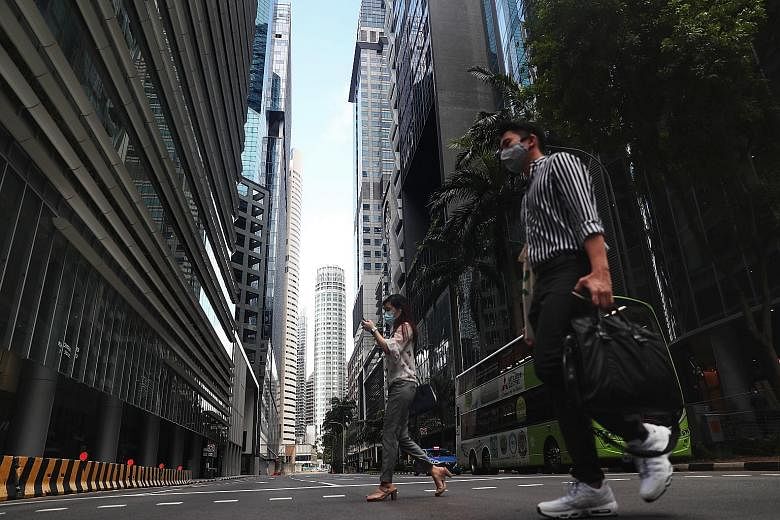This year, the world of work changed beyond recognition. In Europe and the United States, more than 40 per cent of the labour force worked from home during the first wave of the Covid-19 pandemic.
In Singapore, droves of office workers deserted their high-rise towers in late March and early April and installed themselves at makeshift desks in their homes.
Already a subscriber? Log in
Read the full story and more at $9.90/month
Get exclusive reports and insights with more than 500 subscriber-only articles every month
ST One Digital
$9.90/month
No contract
ST app access on 1 mobile device
Unlock these benefits
All subscriber-only content on ST app and straitstimes.com
Easy access any time via ST app on 1 mobile device
E-paper with 2-week archive so you won't miss out on content that matters to you

